

The newly developed Phoenix Battery integrates GBT's technological innovations in materials, electrochemistry, systematic structure and control, enables the EVs to perform as well as normal in all-weather conditions and realize eXtreme Fast Charging (XFC) with various vehicular DC-bus voltages; meanwhile, it gains comprehensive advantages in safety, service life, specific energy, driving range and cost, adding EV’s competitiveness vs ICEVs.
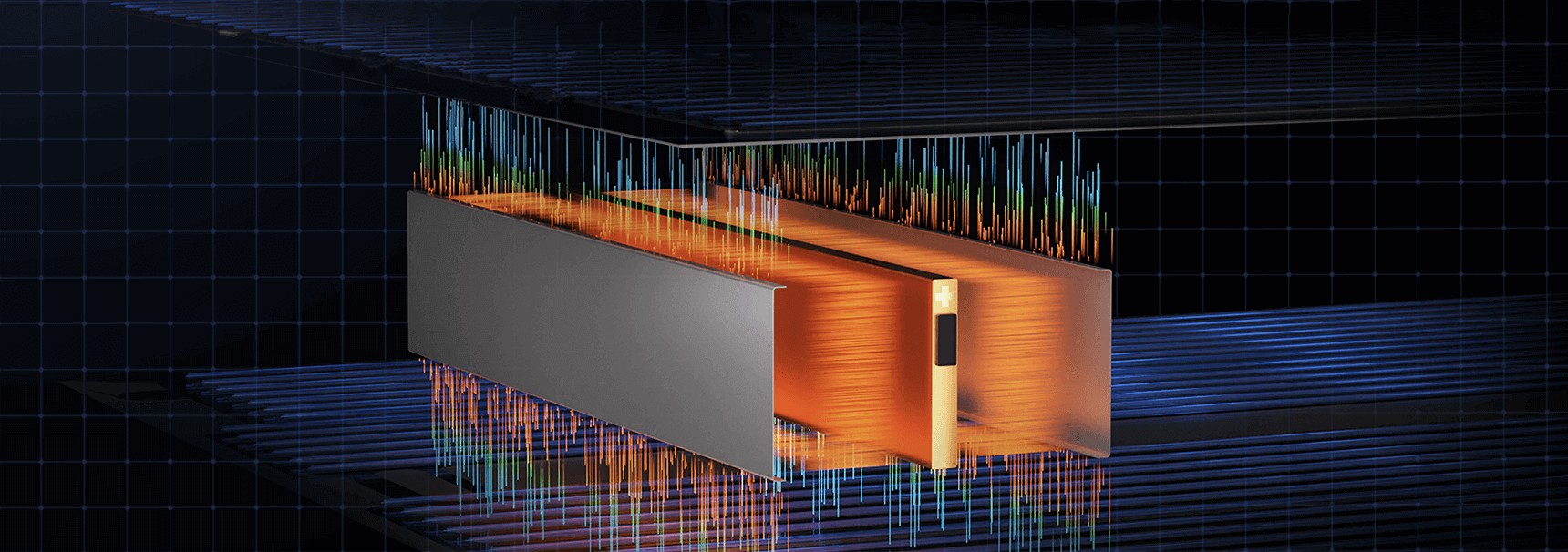
Lightweight and ultra-high thermal conductivity low-dimensional materials based 3-D thermal management system
Heat exchange area 18 times vs traditional solutions; multifold increase of thermal-control’s rate, efficiency and quality
Ultra-fast Battery Pack heating-up in winter, from -20°C to +25°C in 5 mins
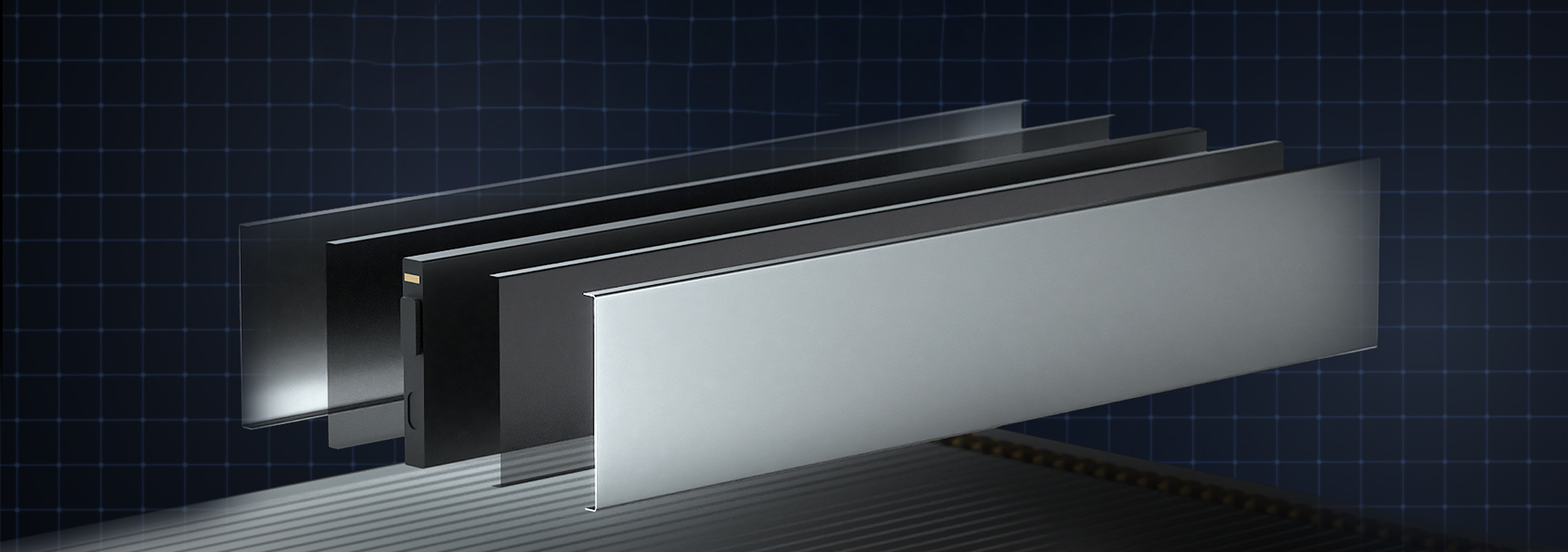
Unique multi-in-one original design with functionalities of thermal conducting, heating, buffering and fire insulation
Compact “Magazine clip type” cell safeguards to enhance the system's anti-impact and anti-penetration abilities
Volume utilization of the system up to 75%
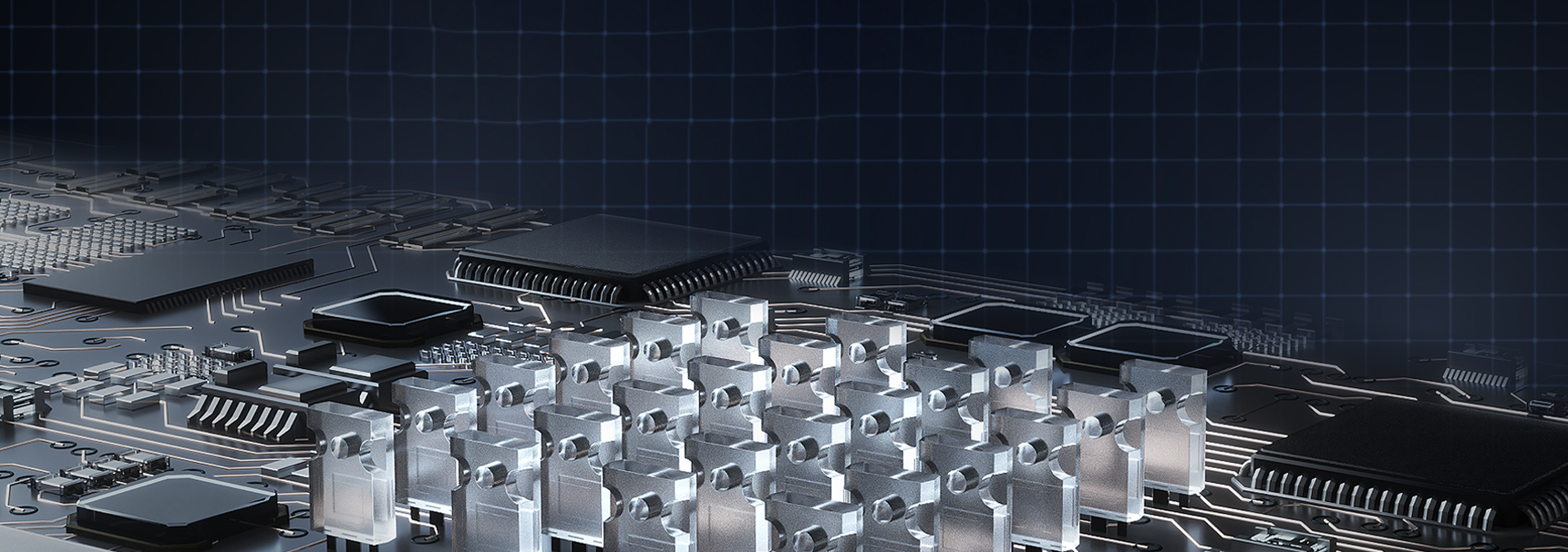
Innovative integrated solid state switch matrix and smart control system, allowing easy conversion of battery-pack’s bus voltage
Implement XFC for different models with DC-bus voltages between 300~ 1000V, without changing their original vehicular electrical architecture and/or configuration
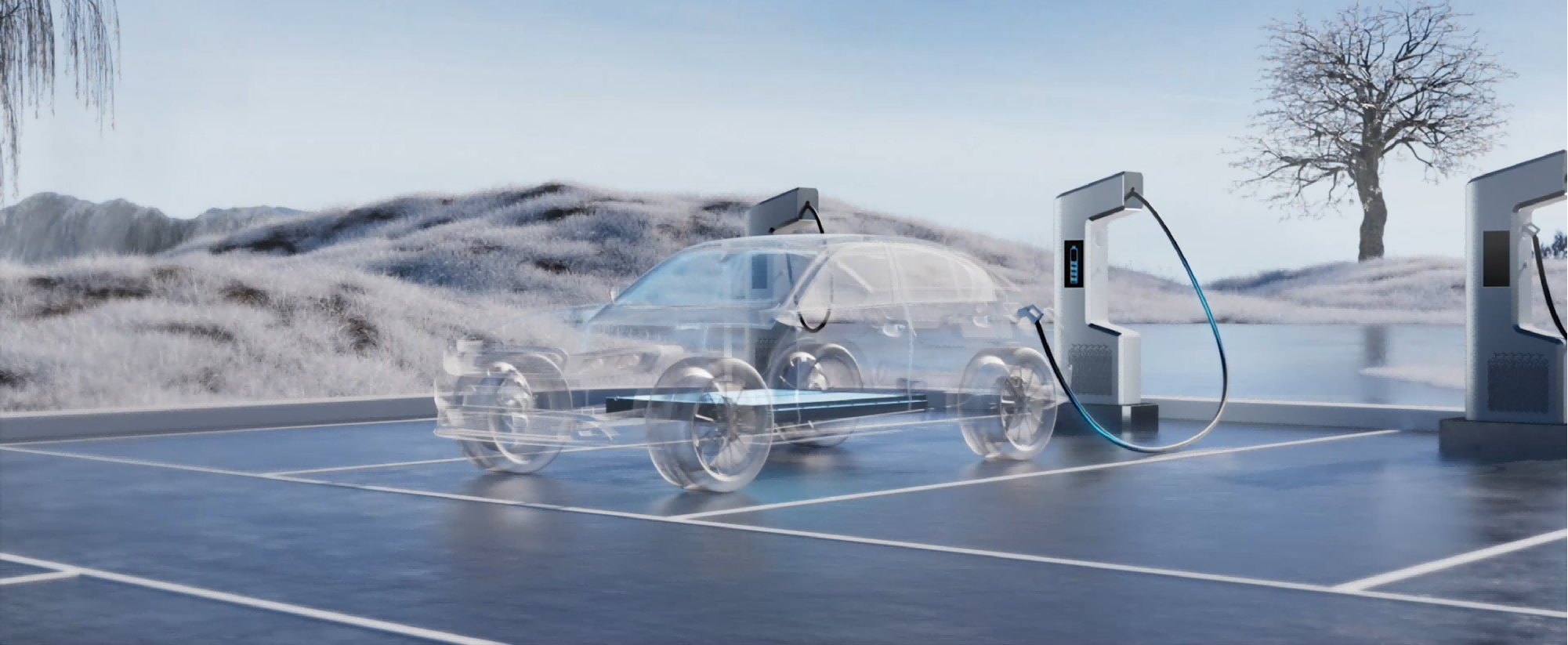
Proper functioning of the vehicle in all-weather conditions without range/ mileage loss
<10min XFC achievable under all-weather conditions

Active safety: Ultimate thermal management along with early warning functionality, reducing greatly the probability of thermal runaway
Passive safety: No thermal runaway diffusion within 48 hours during the battery system thermal runaway test

Combination of long-life XFC cells with the ultimate thermal management system
Use XFC all the way in full life cycle, with a lifespan also up to 10 years or 800,000 km
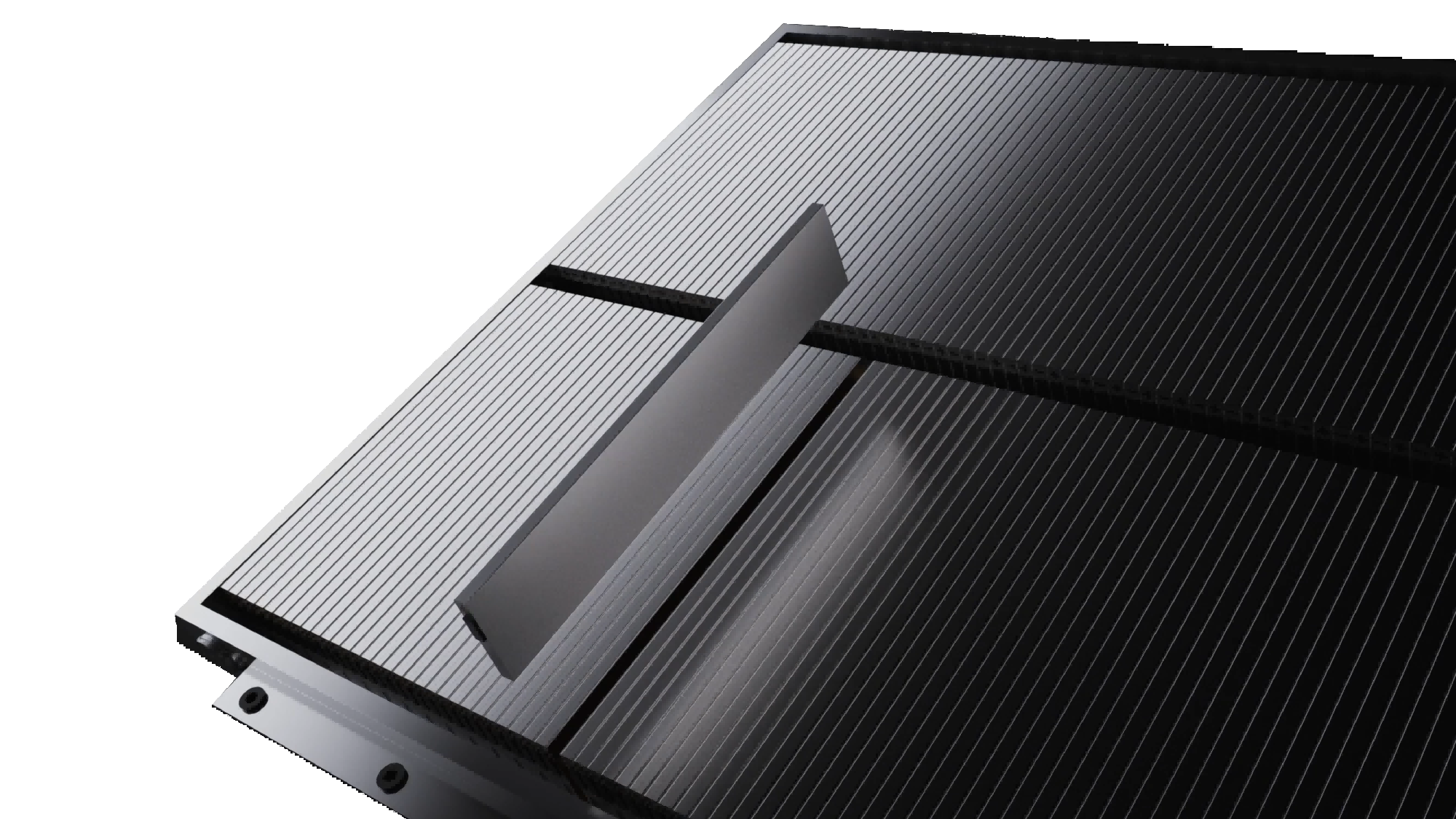
Up to 260Wh/kg for the system's specific energy
Up to 1,000km range on a single charge
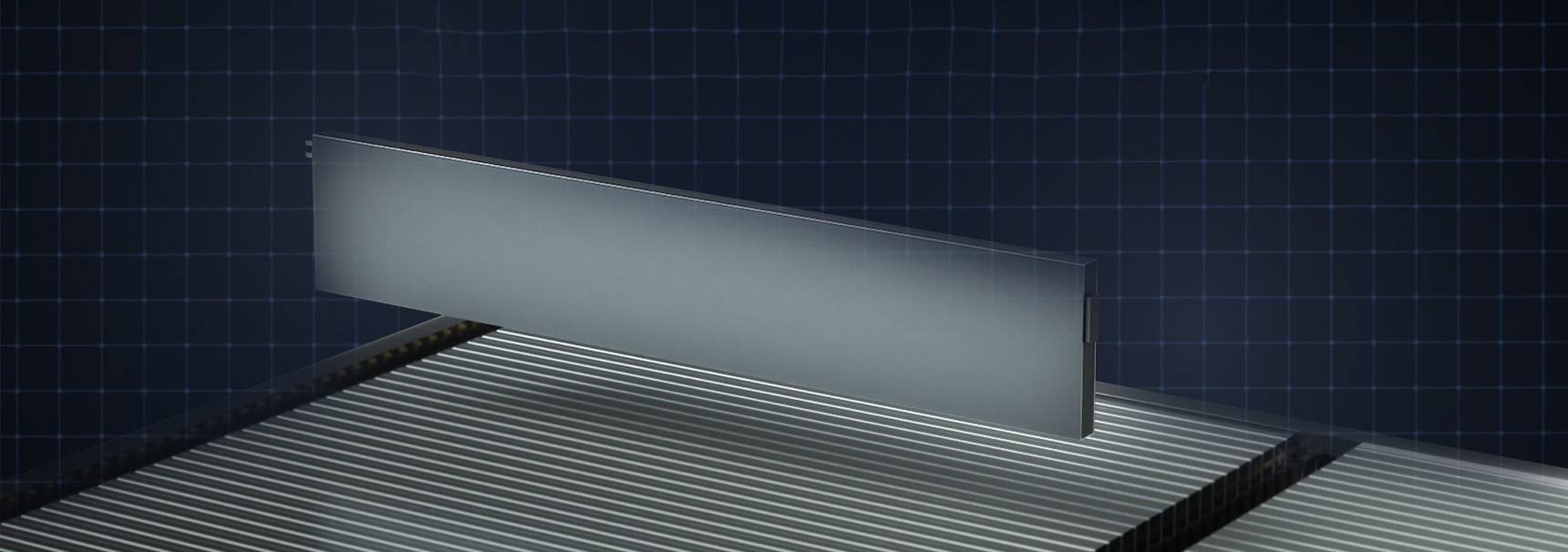
Modular design, facilitating system maintenance and gradient utilization of batteries/cells
Structural design optimization, making the system lightweight and the cost low
